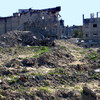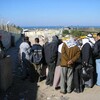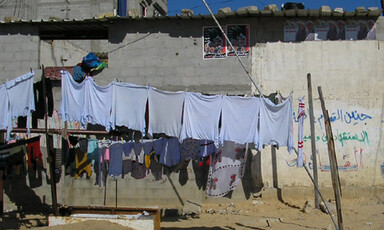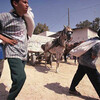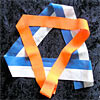
On the streets of Gaza
18 August 2005
Many Palestinians are expressing delight over the pull-out of Israeli settlers from the Gaza Strip. But as human rights lawyer Raji Sourani argues, the celebrations maybe premature. The streets of Gaza are full of flags, hats and t-shirts celebrating the end of occupation, the liberation of Palestine. There are nightly street celebrations by the political factions each of them claiming they were the ones responsible for the Israeli ‘withdrawal’. In the media speeches are made and songs are played all contributing to this euphoric atmosphere. As I walk around the dusty Gaza streets and watch these often colourful celebrations I understand that after 38 years (of occupation) people are looking for somewhere to place their hopes. The redeployment of the Israeli military to Gaza’s borders and the cementing of control of the West Bank and occupied East Jerusalem should not be it. Read more about On the streets of Gaza



